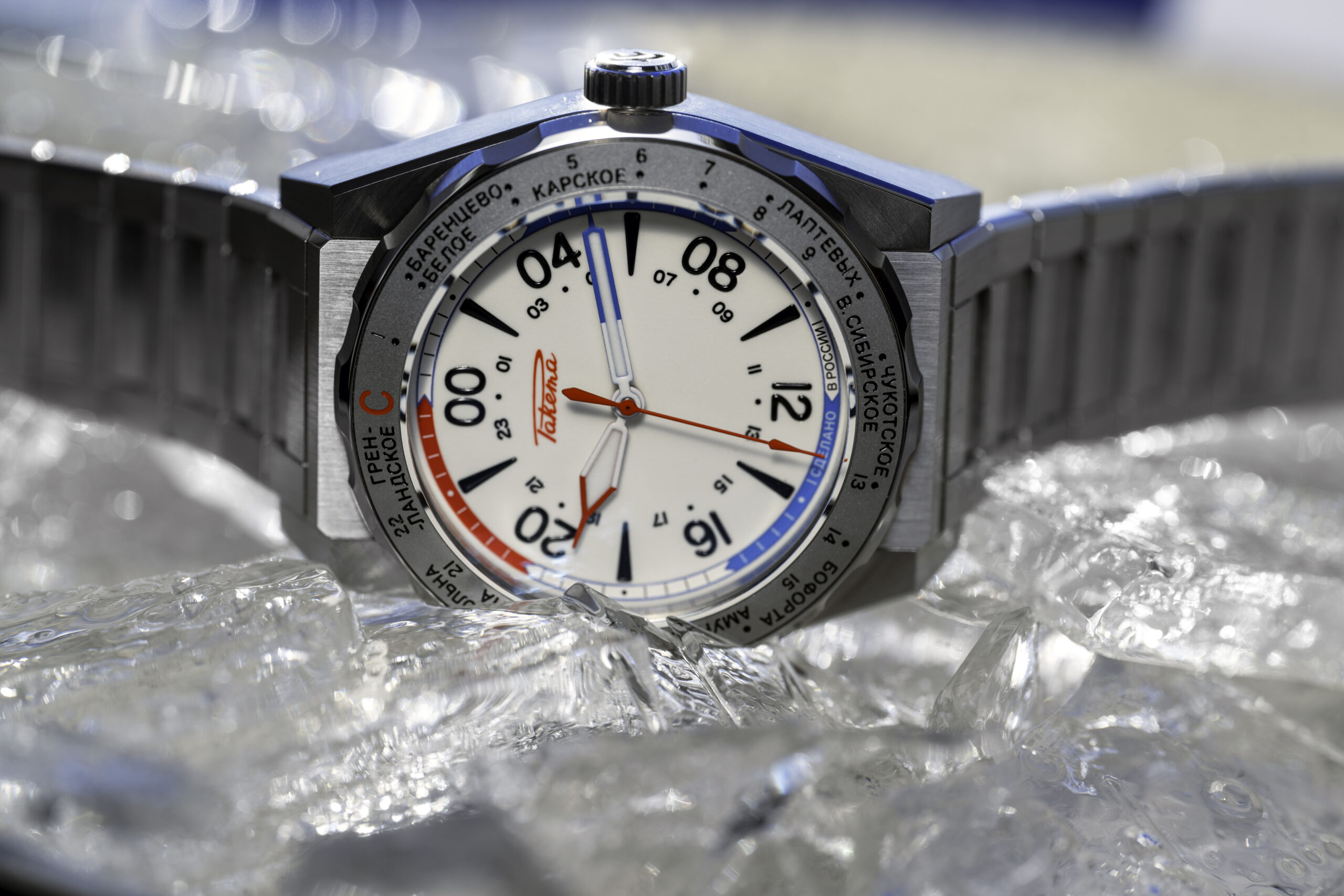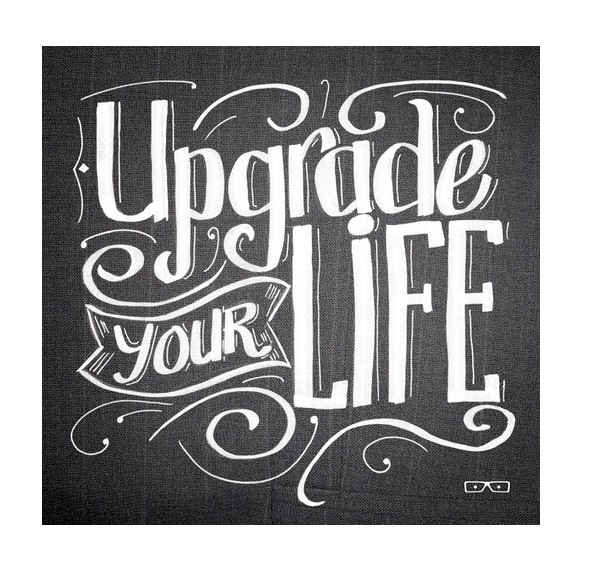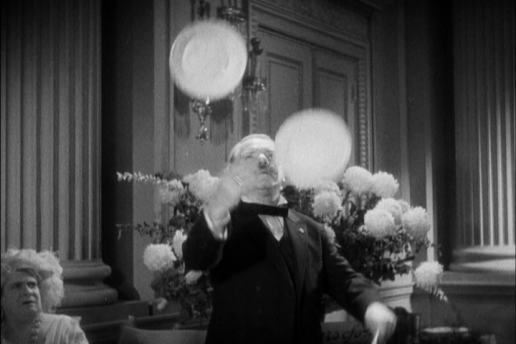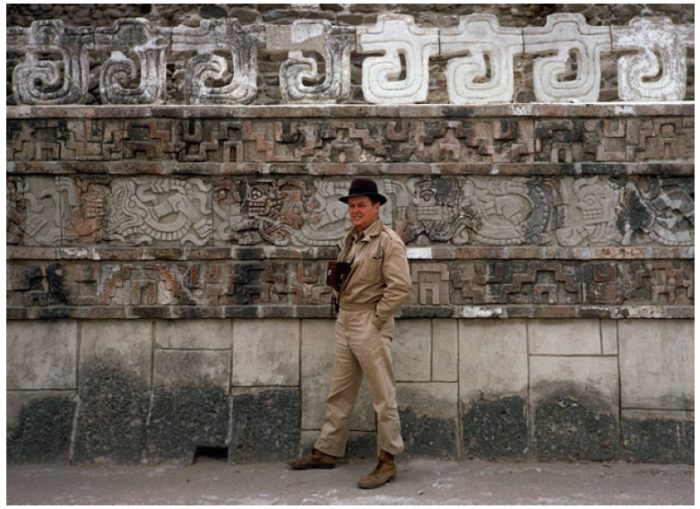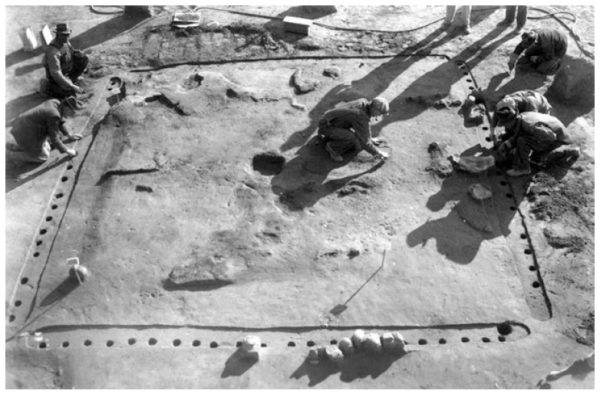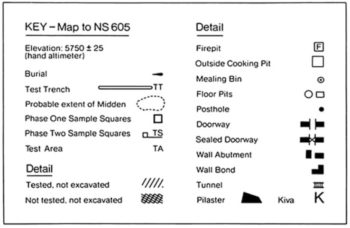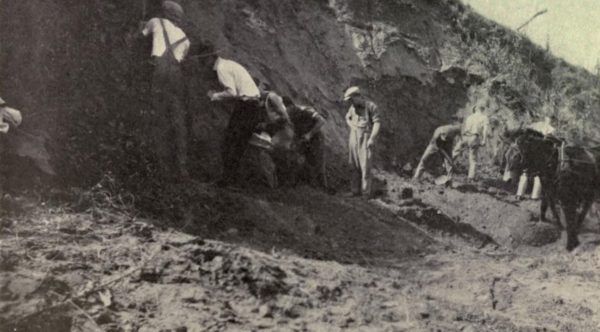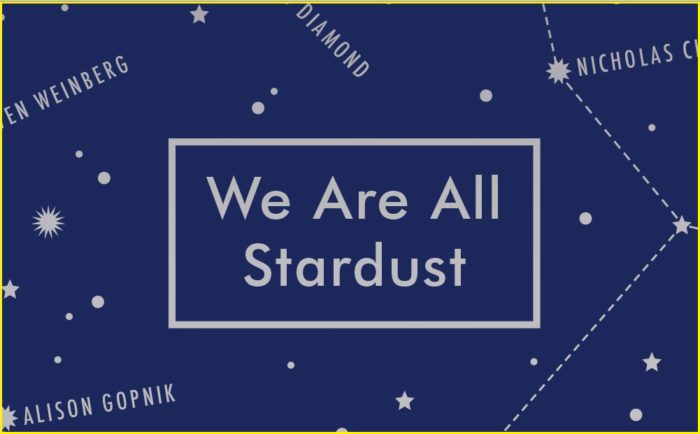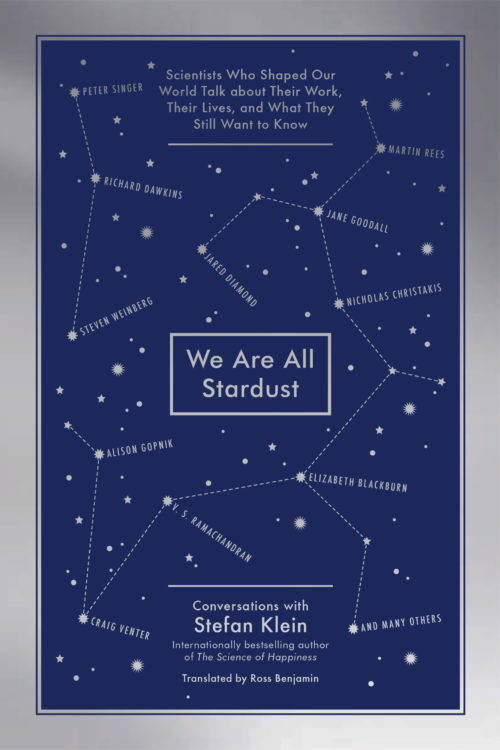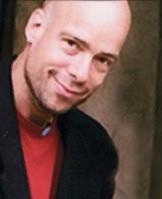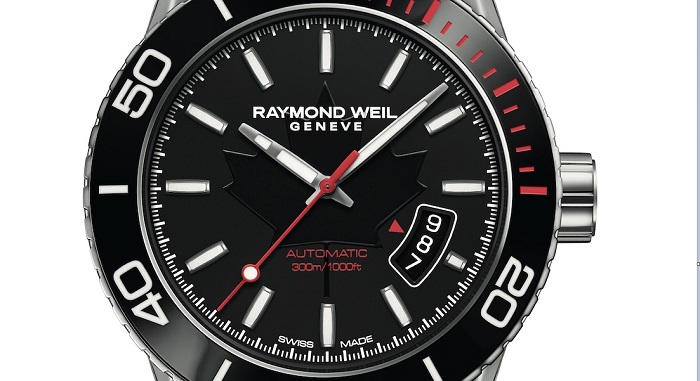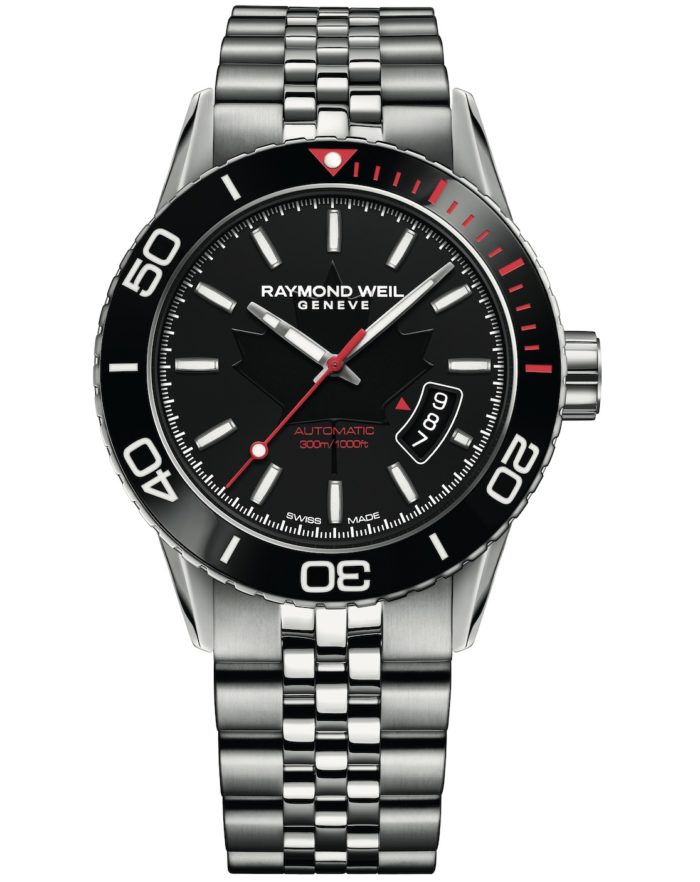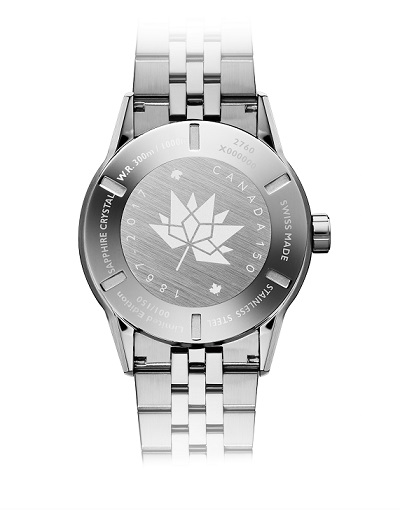Saint-Petersburg, Russia. April 2024. Raketa Polar – a watch created specially for polar expeditions – is back in Raketa’s permanent collection with a new design.
The journey beyond the polar circle is thorny and difficult: it requires great strength and long distances travelled in extreme conditions, both by land and sea. Following its long tradition of making watches for polar explorers, Raketa has developed a model for people who are ready to set out to conquer these boundless spaces.
The 24-hour dial is essential for time-reading beyond the polar circles where polar day and polar night can last for up to 6 months each. Six lines divide the perimeter of the dial into 6 quarters (4 hours each) allowing each crewmember to keep count of his watches/shifts during maritime expeditions. Another unique feature of the dial is the special Superluminova coating that reminds northern lights. It covers the entire surface of the dial and hands, ensuring perfect legibility even in total polar darkness.

The solid and robust case, with straight facets and sharp angles, is particularly adapted to the rigours of polar expeditions. The design of this case is harmoniously completed with a stainless-steel bracelet emphasising the masculine character of this timepiece.
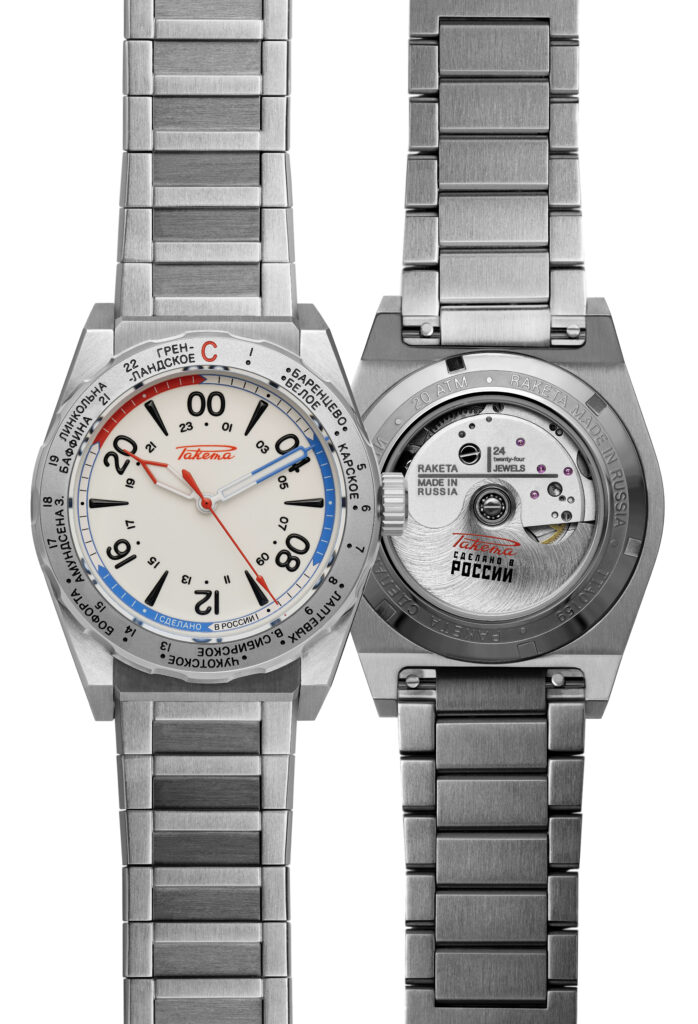
The rotating bezel is engraved and enamelled with the name of all the Arctic ocean seas and their respective time zones, which allows using the GMT function. This 24-hour watch with a rotating bezel can be also used as a solar compass both in the northern and southern hemispheres.
The back of the watch reveals the beautifully decorated automatic movement which is entirely produced by the Raketa Watch Factory in Saint-Petersburg. The finishing of the rotor is reminiscent of northern lights.
Each Raketa Polar watch has a certificate confirming its technical fitness for use in the harshest natural conditions of polar regions. The certificate is issued within the frame of the “Arctic voluntary certification system” by the Nizhny Novgorod Testing Centre.
The price
The cost of the watch is 2.000 EUR (VAT included)/ $2,930 CAD. For the comfort of our customers, Raketa watches are delivered worldwide free of charge by DHL directly up to their front door.
Specifications
| Factory: | Raketa Watch Factory (Saint-Petersburg) |
| Movement: | |
| Calibre: | 2624A |
| Functions: | Automatic |
| Number of jewels: | 24 |
| Testing positions: | 4 |
| Average rate (s/d): | -10+20 |
| Average running time (h): | 40 |
| Frequency/hour: | 18.000 / 2.5Hz |
| Bi-directional automatic winding | Yes |
| Stopper of self-winding unit activated during manual winding: | Yes |
| Decoration: | Polar lights |
| Case: | |
| Material: | Stainless steel |
| Size: | 41,6 mm |
| Front glass: | Sapphire |
| Back glass: | Sapphire |
| Rotating bezel: | Yes |
| Crown: | Screwed-in crown |
| Water resistance: | 20 АТМ |
| Hands: | Superluminova |
| Dial: | Superluminova |
| Strap/bracelet: | |
| Material: | Stainless steel bracelet |
| Width: | 22 mm |
| Sex: | Male |
